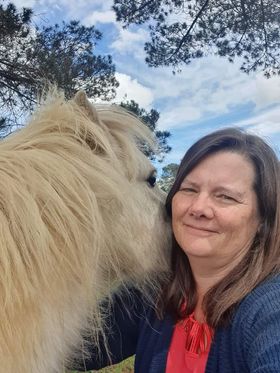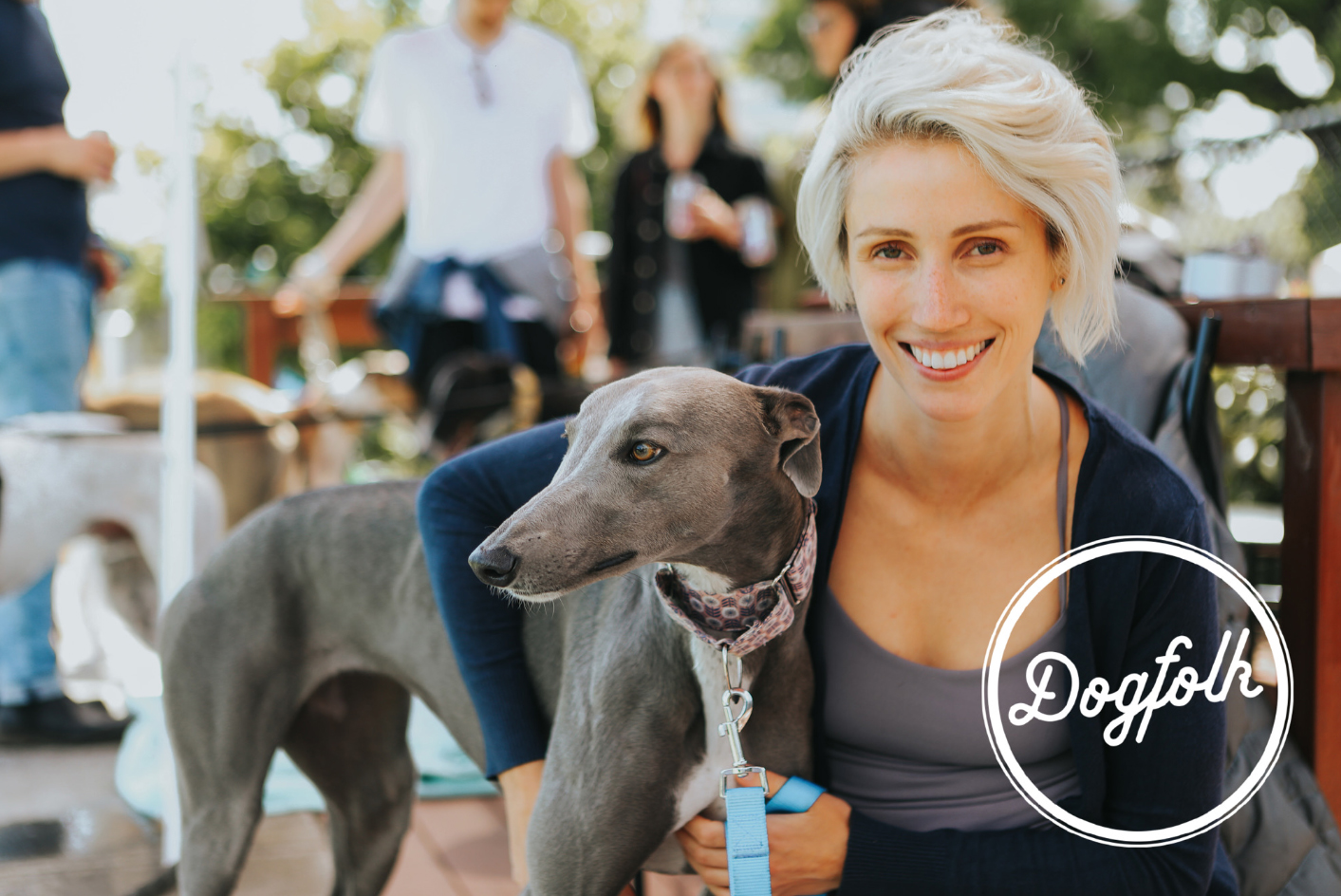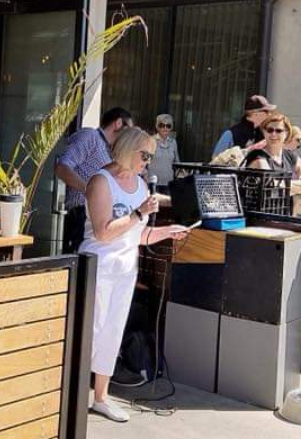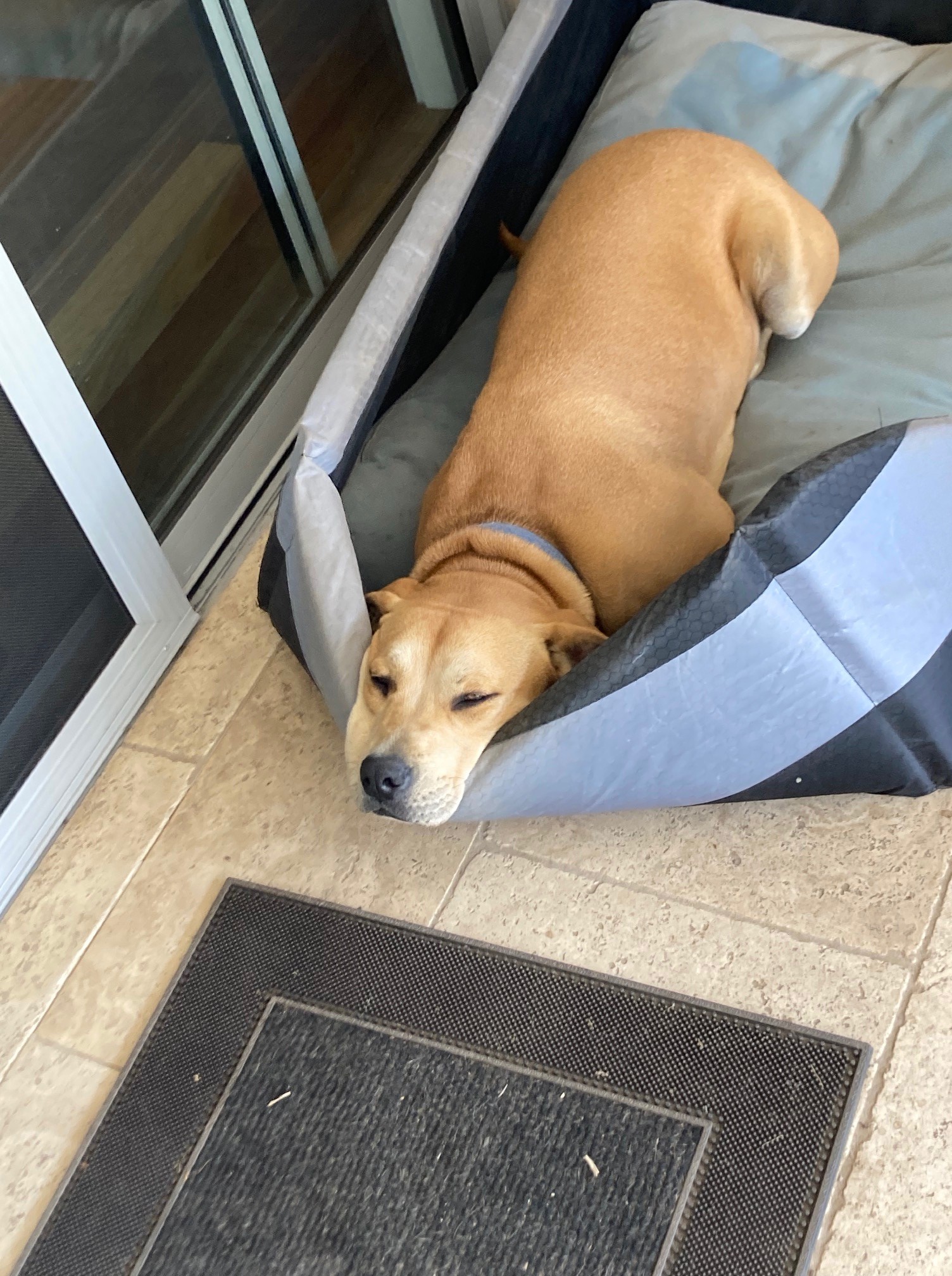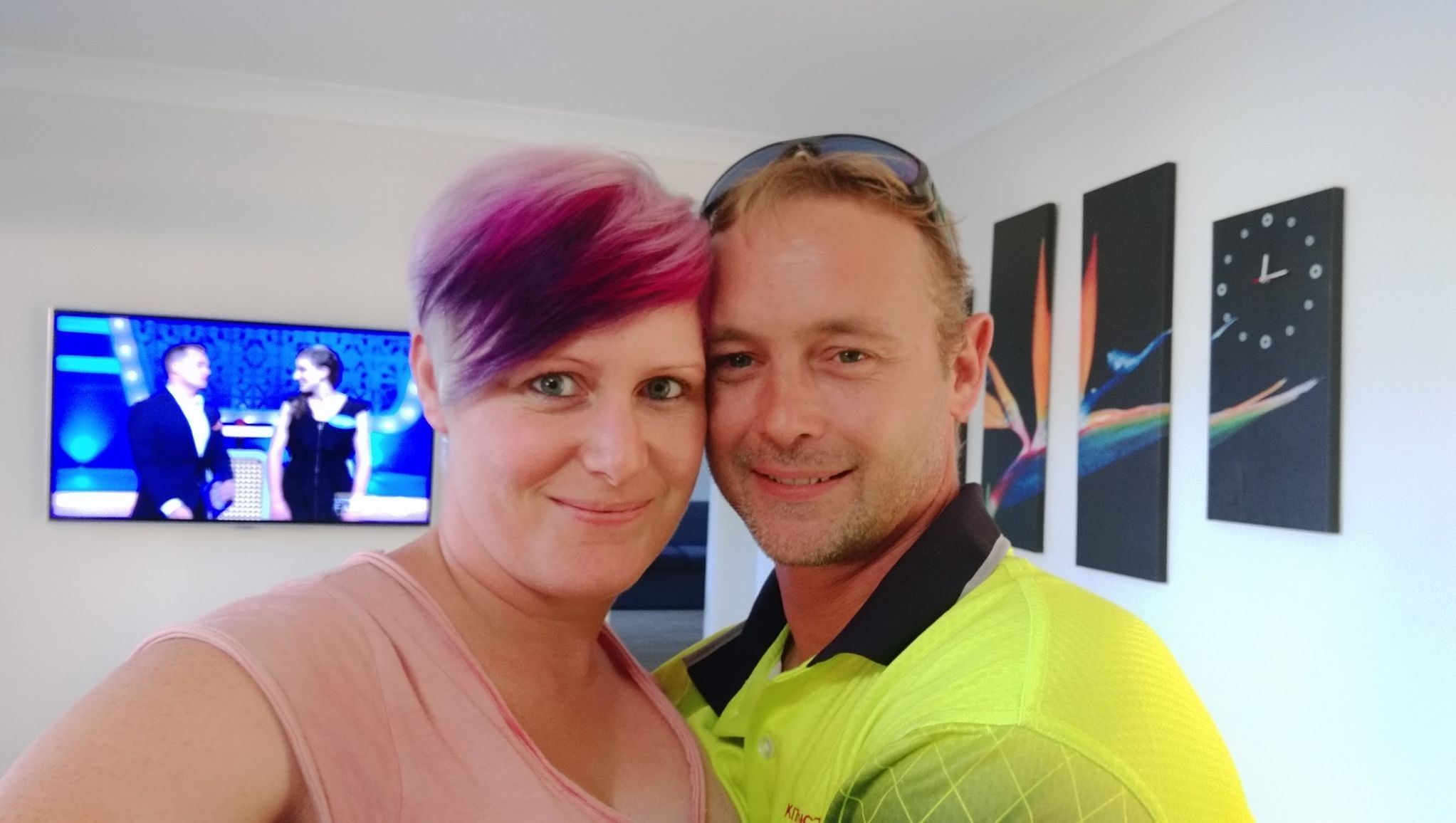Eleni Butler – Trainer
Helen2021-12-09T18:52:46+11:00How did you start volunteering for ARF? I started volunteering with temperament testing at Domestic Animal Services. What is your role as a trainer for ARF like? What does it involve? As a trainer for ARF I am asked to help out in a variety of areas such as private consultations, behaviour modification, assessments, board and train, walk and trains, and workshops. I love being able to do this, to be able to help others that are enthusiastic but are also volunteering their time and opening up their homes to these dogs is very rewarding, so I am more than happy to do so. What other roles do you play, if any? I am self-employed and have run my own business for the past 8 years, dog training of course. I am a full-time mum to 3 kids under all under the age of 12, I have 3 amazingly different dogs, and I attempt to study in my spare time all things about dogs to help keep my knowledge current and up-to-date. What has been the most rewarding moment of being involved with ARF for you? There is definitely not just one. Whilst foster caring; it would be seeing the dog go into their new home. Whilst helping the carers of ARF; it would be empowering them with the knowledge of what they can do to help dogs transition into their new life, not only for this dog but for others to come. And finally, it would be seeing the change in dogs; seeing them happier, with life fulfilment, purpose, and seeing relationships mend, repair and flourish. What has been the most difficult/most surprising moment of being an ARF volunteer for you? Temperament testing is definitely the hardest. Meeting these dogs at their most vulnerable times and for varying reasons


